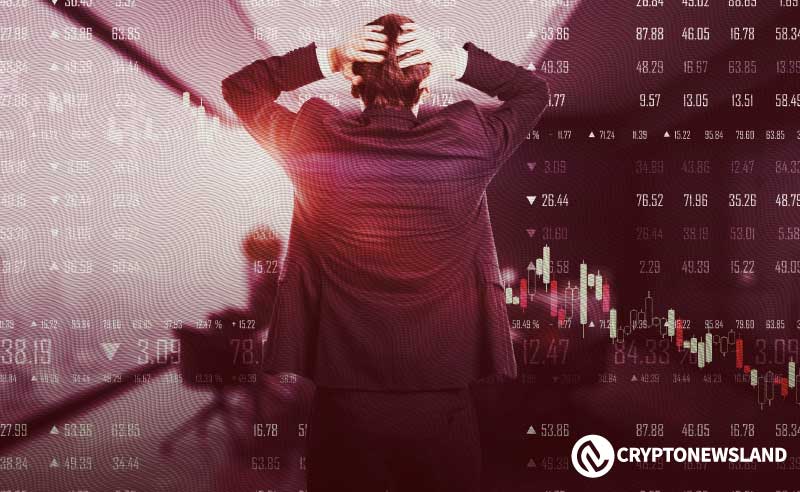- Pre-halving anticipation mixed with global geopolitical tensions drives today’s market downturn.
- Investors are rapidly selling off assets, causing a sharp decline across major cryptocurrencies.
- Despite today’s losses, historical trends suggest potential post-halving gains for Bitcoin and Ethereum.
The cryptocurrency market has taken a sharp downturn, with leading cryptocurrencies such as Bitcoin and Ethereum experiencing significant losses. This decline comes amid a pre-halving frenzy and escalating geopolitical tensions, painting a complex picture of market dynamics.
The imminent Bitcoin halving, set to occur in few days, traditionally stirs market excitement and has historically led to substantial price increases. However, the current scenario diverges as fears stemming from increased geopolitical risks between Iran and Israel have led to widespread panic selling among investors. This reaction underscores the volatile nature of cryptocurrencies, where external global events can precipitate rapid market shifts.
Despite the turmoil, the surge in trading activity on platforms like Coinbase, Binance, and Bybit highlights the heightened engagement from traders looking to capitalize on the market’s fluctuations. While today’s market paints a bearish picture, it is essential to recognize that such corrections are not uncommon in the crypto world.
Looking to the future, the crypto industry remains robust, with Bitcoin and Ethereum at the forefront of potential recoveries. Historical data from past halving events suggests a promising outlook, with possible surges post-halving. As the market navigates through these turbulent times, the resilience of cryptocurrencies continues to attract investors who see long-term value beyond the immediate fluctuations.
As we approach the halving, the broader implications for Bitcoin, Ethereum, and other altcoins are optimistic. With advancements in blockchain technology and increasing mainstream adoption, the future of cryptocurrencies stands on solid ground, poised for recovery and growth in a post-halving world.

